Table of contents
The taste of fresh coriander leaves ( Coriandrum sativum, also known as Asian parsley or cilantro) is not pleasant for everyone. Many people find the soapy, sometimes even bug-like smell repulsive. The raw leaves look similar to flat-leaf parsley and are also used dried . The seeds and roots are also edible.
Use in the kitchen:
Raw coriander leaves serve as an aromatic kitchen spice and as an appetizing decoration. The fresh coriander leaves should be added to the dishes just before serving, otherwise their aroma evaporates very quickly.
What is coriander? The green coriander herb has a very specific, unmistakable taste. It smells lemony and peppery and tastes refreshingly sour and spicy.
Green coriander is an essential ingredient in Asian, predominantly Thai and Vietnamese cuisine. Thai soups, rice noodle dishes, glass noodle salads, and also poultry and fish dishes are served with fresh coriander. Arabic dishes with potatoes , lentils , chickpeas or sesame pastes almost always contain coriander leaves.
Freshly chopped leaves can be added to dips, pastes, soups, stews, curries, sauces, salads, cooked vegetables and fillings. Or you can garnish these dishes with the young, green leaves. A coriander pesto is quick to make and provides variety.
In Europe, but also in Indian and partly Arabic cuisine, coriander seeds are used more frequently. Fruits (seeds) and leaves taste very different and you cannot use a 1:1 ratio.
Recipe for seasoning sauce with coriander:
Ingredients : 1 green pepper , 3 cloves of garlic , ½ bunch of coriander leaves, 4 handfuls of ground elder , ½ teaspoon of cumin , oil ( rapeseed or linseed oil ), sea salt to taste.
Preparation : Chop the vegetables and herbs and puree them finely in a blender until you get a pesto-like consistency. This vegan seasoning sauce tastes great with raw sweet potatoes and is ideal as a base for a raw food soup. 1
Vegan recipes with fresh coriander leaves can be found under the note: " Recipes that have the most of this ingredient ".
| Not only vegans or vegetarians should read this: Vegans often eat unhealthily. Avoidable nutritional mistakes . |
Shopping - where to buy?
Selected supermarkets such as Coop , Migros , Spar , Rewe , Edeka often have fresh coriander leaves in their range. Other supermarket chains such as Denner , Volg , Aldi , Lidl , Hofer etc. usually only have coriander seeds. Occasionally you can buy fresh coriander cut or as a potted plant at weekly or herb markets.
Found in the wild:
Coriander can also be found growing wild in areas around the Mediterranean, in Asia and America. However, a wild form is not known. North of the Alps it also grows on fallow land in milder areas. 3
Storage:
Cut fresh coriander leaves do not last very long. In the fridge you can put the stems in water and cover them with a plastic bag. This way they will last for about 2-3 days. 4 If the leaves wilt or turn yellow, the aroma is no longer perfect. We recommend freezing cut products in small pieces. You can also put the chopped leaves in portions in ice cube trays and freeze them that way.
Ingredients - nutritional value - calories:
Raw coriander leaves, like all spices and herbs, have a very low calorie content (23 kcal/100g). The main components are carbohydrates and protein. The fiber content is relatively high.
Coriander contains a lot of vitamin K : 310 µg/100g is a considerable amount and is comparable to fresh basil (415 µg/100g). The vitamin A content of 337 µg/100g is similar to that of garden cress (346 µg/100g), but significantly lower than that of carrots (raw: 835 µg) or broccoli (raw: 800 µg). Coriander leaves also contain vitamin C and folic acid , but not in very high concentrations.
Among the macronutrients, the potassium content is worth mentioning at 521 mg/100g. This is comparable to fresh leaf parsley (554 mg/100g). Fresh coriander leaves also contain some calcium , magnesium , manganese and iron . 5
Coriander contains essential oil, most of which is found in the seeds. The leaves also contain essential oils, but only very little in comparison. They consist of 85-95% aliphatic aldehydes. These oils are used in both naturopathy and conventional medicine. 6
The complete ingredients of fresh coriander leaves, the coverage of the daily requirement and comparison values with other ingredients can be found in our nutrient tables. In the article Nutrients explained you will get a detailed insight into the topic.
Health aspects - effects:
When used internally, essential coriander oil has a flatulence-relieving, digestive and circulation-stimulating effect. The antibacterial and fungicidal effect is due to the main ingredient linalool. 7
Externally, this antibacterial effect is evident on the skin in the case of acne and pimples. 8 Coriander oil also has an antibacterial and plaque-reducing effect when used as a mouthwash. 9
Studies on the antibacterial effect of coriander oil against multi-resistant disease-causing bacteria (MRSA: Multi-Resistance Staphylococcus Aureus) are still ongoing. 8
Dangers - Intolerances - Side effects:
Please never apply pure coriander oil to the skin, the oil can have an extremely irritating effect on our skin. Possible carrier oils are: purified apricot or almond oil. 10 drops of coriander oil in 10 ml of carrier oil is a good recommendation. 6
There are allergic reactions or intolerance symptoms when consuming coriander. These reactions are similar to those seen with other umbelliferous plants.
Cross-reactions are also possible with coriander. This is called mugwort-celery-spice syndrome. This means that people who are allergic to mugwort pollen often also react to celery, carrots, fennel, artichokes, chamomile, pepper, mustard, dill, parsley, coriander, caraway, anise or sunflower seeds. 10
Sensitive people may also experience photoallergic skin reactions when they come into contact with the plant sap under the influence of sunlight.
Why does coriander taste like soap? Some people even find it disgusting, describe it as extremely unpleasant and compare its taste to the smell of bugs. This aversion could be genetic or based on the similarity to the aroma of soap (the aldehydes in coriander are also found in soaps in a similar way) - but you can also learn to like the taste. 11
Folk medicine - natural medicine:
In folk medicine, essential coriander oil is used against athlete's foot, for detoxification, for bladder infections, against fatigue, for headaches and muscle tension. Coriander oil is also used for rheumatic pain or arthritis.
Occurrence - Origin:
Where does coriander come from? Coriander is probably native to the Middle East, where it was used as a spice and as a medicinal plant. In ancient times, it was considered a poisonous plant, but was also used as a medicinal plant for plague and epilepsy. 2 The Romans probably brought coriander to the area north of the Alps over 2000 years ago. 3
Coriander is cultivated almost worldwide: in Central, South and North America - especially in Mexico, but also in Africa, Europe and Asia. 12
Cultivation - Harvest:
Coriander is not very demanding, it grows in partially shaded and sunny locations, but it should be sheltered from the wind. It loves nutrient-rich, loose soil with good water retention capacity.
The annual herb has a very different shape depending on its age. The young leaves are round and look similar to flat-leaf parsley. Older leaves are typically feathery and clearly notched. How tall does coriander grow? Depending on the location, the plant reaches between 30 and 130 cm. Each umbel has five white to cream-colored petals, which contain about 3-5 pink to white stigmas. 13
Growing in the garden or as a potted plant:
In the garden, you should be careful not to plant coriander next to other umbelliferous plants such as chervil or parsley. The soil must be loosened and weeded regularly. Since the leaves lose their aroma after flowering, the leaves should be harvested before this. 13
Danger of confusion:
Externally, raw coriander leaves can easily be confused with flat-leaf parsley. Coriander is also called Indian or Chinese parsley. However, the smell and taste of coriander and parsley are very different and almost unmistakable.
Animal protection - species protection - animal welfare:
Umbelliferous plants are suitable plants for butterfly caterpillars. The swallowtail butterfly in particular lays its eggs on umbelliferous plants so that the caterpillars have a suitable source of food immediately after hatching. 14
General information:
The true coriander ( Coriandrum sativum ) belongs to the family of the Umbelliferae (Apiaceae). Its name comes from the Greek, where "kóriandron/koriannon" means bug-endill. The original long coriander ( Eryngium foetidum , also an Umbelliferae) is native to the Anglo-American region. It is called cilantro, culantro or Mexican coriander. 15
In the cosmetics industry, coriander is of interest for perfume production. Its warm, aromatic and spicy scent harmonizes or rounds off certain ingredients.
Alternative names:
Coriander is also called: Arabian parsley, Asian parsley, Chinese parsley, garden coriander, cultivated coriander, spice coriander, Indian parsley, kaliander, dizzy grain, dizzy herb, stinking dill, wall lice herb, bug dill, bug herb, bug caraway.
Wikipedia gives a lot of common names: Böbberli, Calander, Cholinder, Chollantir, Chullantar, Ciriander, Clander, Cölegrase, Colander, Cliander, Coliandur, Collindir, Coreandrencraut, Coriandercrude, Coriandercrut, Corianderkernlein, Corianderkraut, Coriander, Corandern, Coriandre, Corrander, Creander, Galander, Galiander, Goliander, Holenter, Holunter, Holundir, Kalanner, Klanner, Kolander, Kolgras, Koliander, Kolinder, Koller, Krollo, Kullandar, Luopi, Luppi, Pöperli, Rügelikümmi, Wantlusenkrut, Wanzelkraut, Wankendill. 16
Literature - Sources:

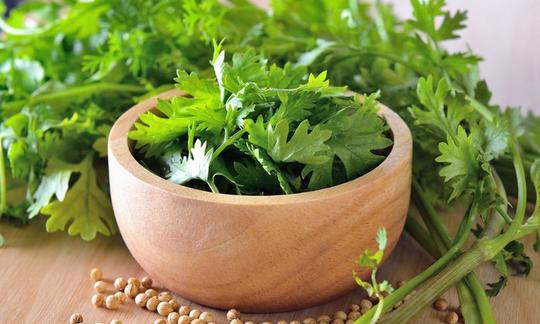

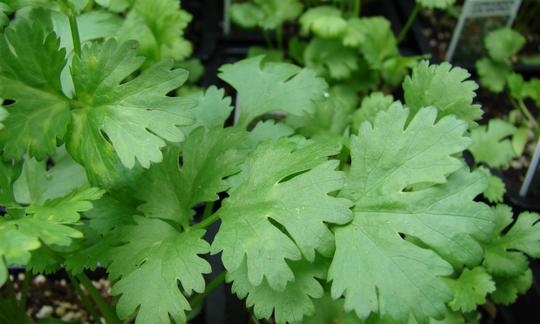

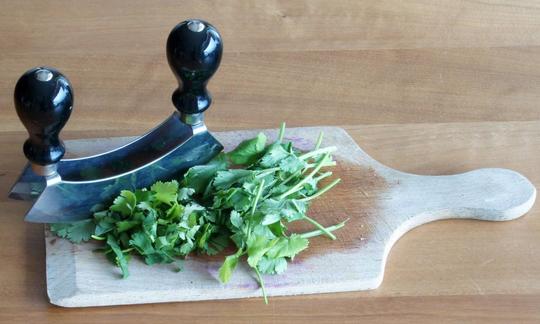

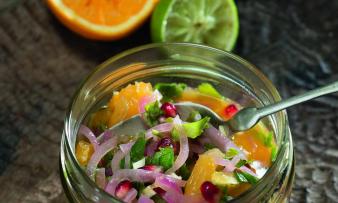
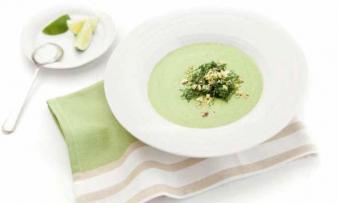
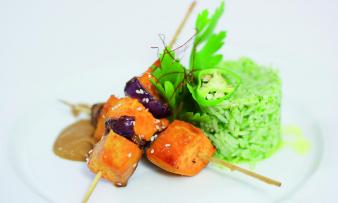

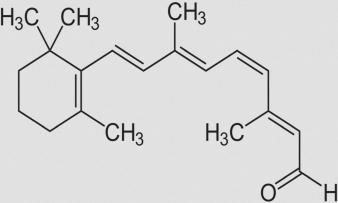



Comments